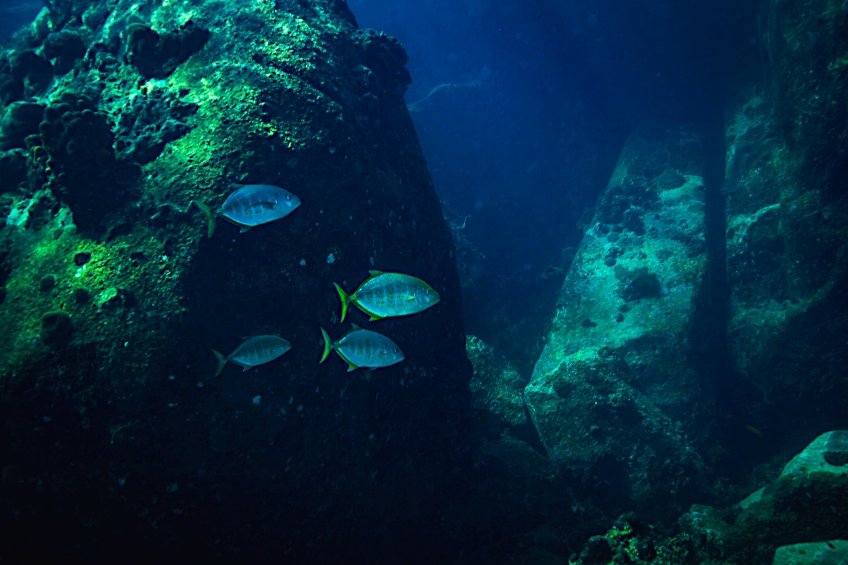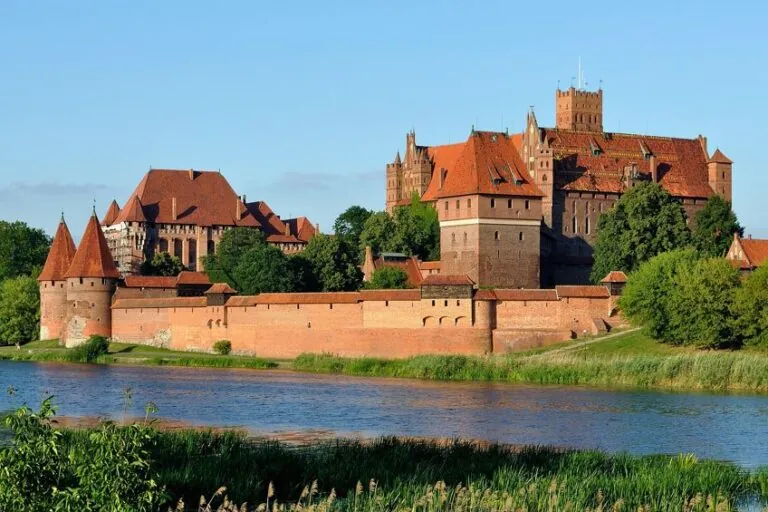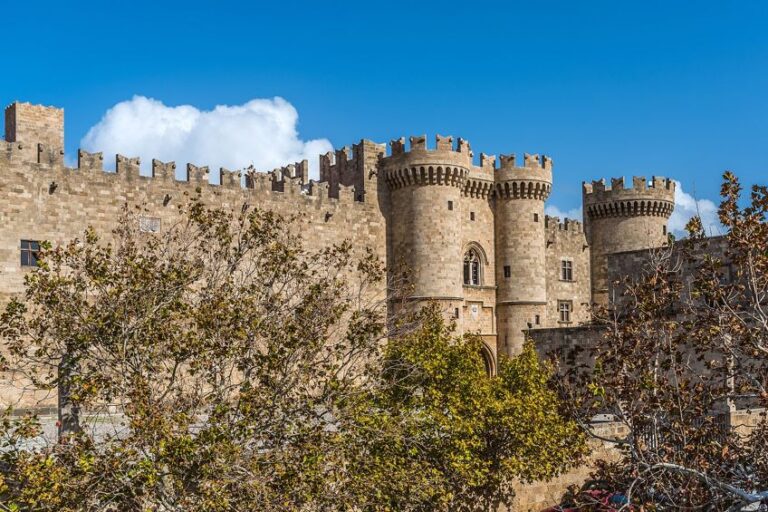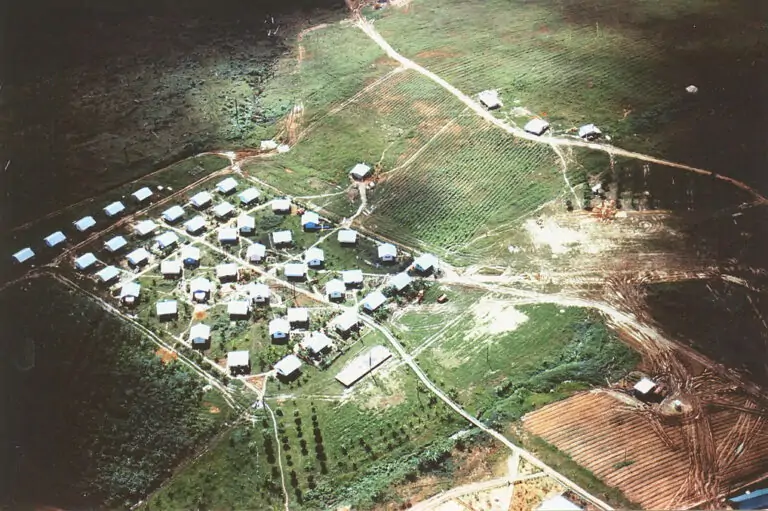Underwater City in Cuba – Evidence of a Caribbean Atlantis?
In 2001, sonar images revealed what seems to be an underwater city in Cuba. Is the sunken city in Cuba real though, and what of the Caribbean underwater pyramids? The supposed underwater pyramids in Cuba have been the source of much debate since their discovery, yet, what really lies at those depths is yet to be discovered.
Contents
Exploring the Possibility of an Underwater City in Cuba
Early in 2001, sonar images of a structure encompassing a 2 square kilometer region at depths between 600 meters and 750 meters were first recorded. This structure was characterized as geometric and symmetrical stone formations suggesting an urban complex. The marine engineer Pauline Zalitzki and her spouse Paul Weinzweig, who were engaged in joint exploration and surveying work with the Cuban government, reported the finding. The crew conducted a second trip to the location with an underwater remotely controlled vehicle that captured sonar pictures that were later described as several pyramids and elliptical buildings constructed of massive, polished stone slabs that looked like hewn granite.
Zalitzki observed, “It’s a truly beautiful edifice that might easily have become a significant urban hub. Nevertheless, speculating on what it was before providing evidence would be extremely irresponsible”.
Reactions to the Discovery of the Underwater Pyramids in Cuba
After seeing the pictures, John Echave, the senior editor of National Geographic stated, “They are fascinating anomalies, but that’s all anybody can say for the time being, but I’m no authority on sonar images, and it will be impossible to determine what is there until we can really get down there and look”. Robert Ballard, an Oceanography professor was cited as saying: “That’s too deep underwater – If that was made by humans, I’d be shocked. You have to wonder: how could it have gotten there? I’ve seen a lot of sonar pictures in my time, and it’s occasionally like staring at an ink blot: individuals can see what they wish to see. I’ll just have to wait for some more information”.
 Sonar tracking calibration on a research vessel; NOAA’s National Ocean Service, Public domain, via Wikimedia Commons
Sonar tracking calibration on a research vessel; NOAA’s National Ocean Service, Public domain, via Wikimedia Commons
Manuel Iturralde, a Marine geologist, requested further samples before forming assumptions about the location, stating that the results thus far have been quite unique. He calculated that it would have taken 50,000 years for these structures to sink to the depths where they were discovered and that none of the known societies existent at the time could have built such complexes. A Florida State University underwater archaeological expert added: “It’d be wonderful if they were correct, but it’d be far ahead of anything we’d see during that time period. The constructions are both out of time and place”.
Is There a Sunken City in Cuba Then?
In the media frenzy that followed the discovery’s revelation, news outlets were eager to draw comparisons to the legendary lost civilization of Atlantis. Yet, Weinzweig and Zelitsky are hesitant to draw such parallels. According to Zelitsky, the narrative is a myth. “What we’ve discovered is more likely relics of a local society, formerly located on a 100-mile land bridge connecting Cuba with Mexico’s Yucatan Peninsula”. Iturralde further mentioned that there are Maya and native Yucateco stories about an island populated by their ancestors that sank beneath the waters. Nonetheless, Iturralde does not rule out the idea that the rock formations are just the consequence of Mother Nature.
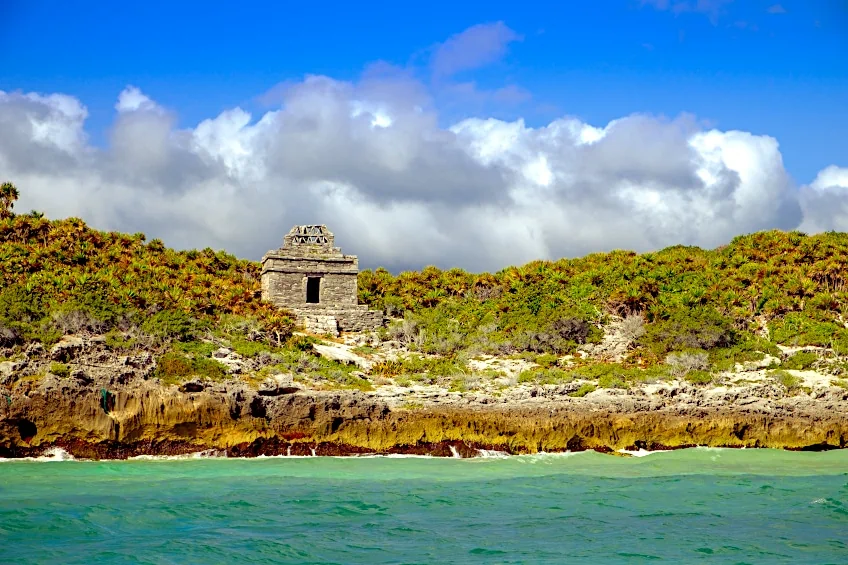 Maya ruins on the eastern coast of Mexico at Tulum
Maya ruins on the eastern coast of Mexico at Tulum
Although hundreds of media sites have reported about sunken towns and Caribbean underwater pyramids, some people are skeptical. Some skeptics said that the depth of the reported remains is the most difficult obstacle for the believers of an underwater city in Cuba. Sea levels decreased dramatically throughout the Pleistocene, which was marked by a series of ice ages, although the highest dip was roughly 100 meters.
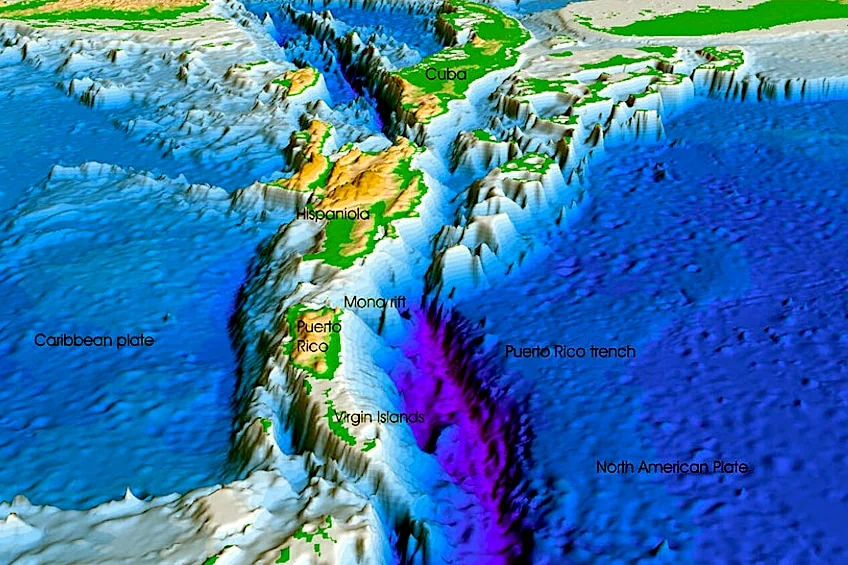 The Geography of the Atlantic trench shows the extent of the ocean depth around Cuba’s western coast; USGS, Public domain, via Wikimedia Commons
The Geography of the Atlantic trench shows the extent of the ocean depth around Cuba’s western coast; USGS, Public domain, via Wikimedia Commons
There was no point during the Ice Age that it would have been above sea level provided, obviously, the ground on which they stood had sunk. This is the assertion made for Atlantis: it was devastated “by terrible floods and earthquakes”, according to Plato’s narrative. “However, if we take Plato at his word – as we must if we believe Atlantis was a real location – the intensity of its sinking makes it impossible that a complete city could have survived plummeting more than 600 meters into an abyss”, one critic remarked.
Should the Possibility of Underwater Pyramids Be Dismissed?
If we believe that he is correct and that these stone buildings do not depict an underwater city in Cuba but are merely natural formations, geologists and other experts would undoubtedly rush on the discovery and study what bizarre natural occurrence produced such strange formations. Surprisingly, no follow-up studies have been undertaken, and news sources have remained deafeningly silent on the subject. What happened to the commitments made by the government, and other scientists to conduct more surveys?
The immediate criticism of the story has prompted speculation that information about the discovery has been suppressed. According to Fitzpatrick-Matthews, the subject simply went dead, and experts were never persuaded that Zelitsky and her team had unearthed a sunken city in Cuba.
A team of explorers were on an exploratory surveying trip off the west coast of Cuba in 2001 when their sonar gear detected a confusing series of stone constructions 650 meters below the surface. The constructions looked to be neatly ordered stones evocative of an urban development against the empty ocean floor. A media frenzy soon developed, with headlines claiming that Atlantis had been discovered. However, despite the interest shown by the government and several institutions and publications, nothing more ever developed from the story, and whatever lies beneath the ocean remains a mystery.
Frequently Asked Questions
Are There Caribbean Underwater Pyramids?
In 2001, a group of surveyors claimed to have found structures that looked like pyramids or a sunken city in Cuba using their sonar equipment. This structure is situated off the coast of Cuba and is made up of a succession of underwater formations that resemble the ruins of an old city. The underwater pyramids in Cuba have sparked much conjecture and debate, with some people believing they are the ruins of a vanished civilization that had sunk and others believing they are natural formations or the product of human action. More research is required to establish the nature and origin of the structures, as it is unclear what they are or how they were generated.
Is There an Underwater City in Cuba?
More scientific investigation is required to ascertain the exact nature of the Cuban underwater metropolis because there hasn’t been much information to begin with. The constructions may resemble other underwater remains that have been discovered in other regions of the world, such as the submerged city of Heracleion in Egypt or the historic city of Pavlopetri in Greece, according to some scientists. The Cuban underwater city may or may not be connected to these other underwater ruins, making it unclear whether these parallels are true. The buildings could be natural geological formations or the product of human activity and technology The buildings may represent the relics of an extinct civilization or a highly developed ancient society, according to some people. The only way we will ever know is if the funding is put in to explore the depths, yet scientists seem to treat the topic with caution in fear of being labeled along with Atlantis believers.

I am deeply passionate about history and am constantly fascinated by the rich and complex stories of the past. As the editor-in-chief of learning-history.com, I have the opportunity to share this passion with a wide audience through the creation and distribution of engaging and informative content about historical events, persons, and cultures. Whether it’s through writing articles and blog posts or creating videos or podcasts, I strive to bring the past to life in a way that is both accurate and enjoyable. My expertise in history, combined with my strong writing and communication skills, allows me to effectively communicate complex historical concepts and make them accessible and interesting to a wide range of readers. I am truly grateful for the opportunity to share my love of history with others through my work on learning-history.com.

